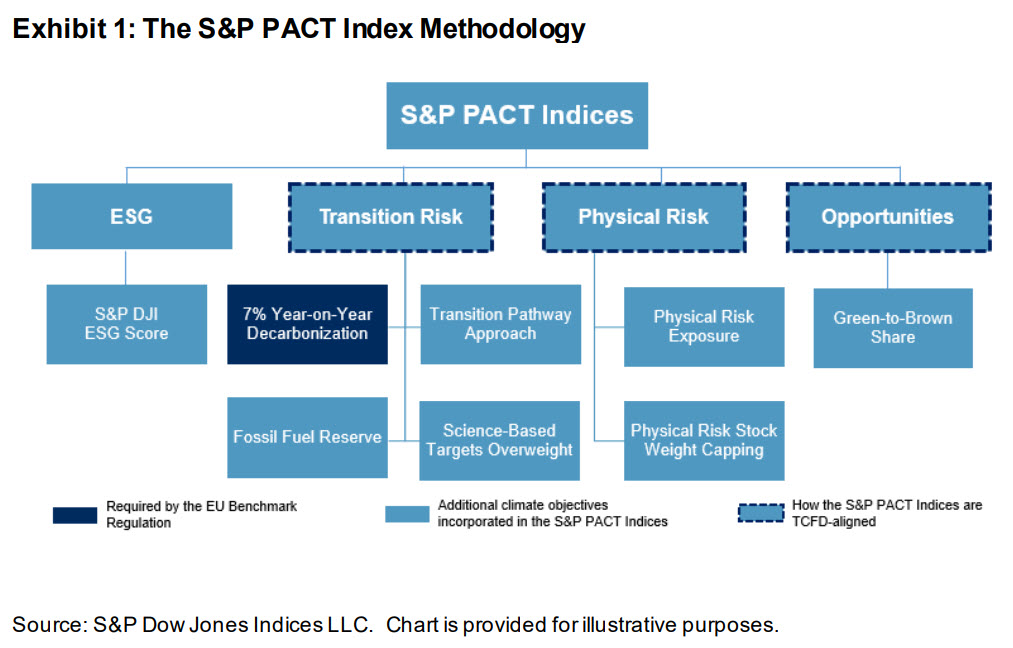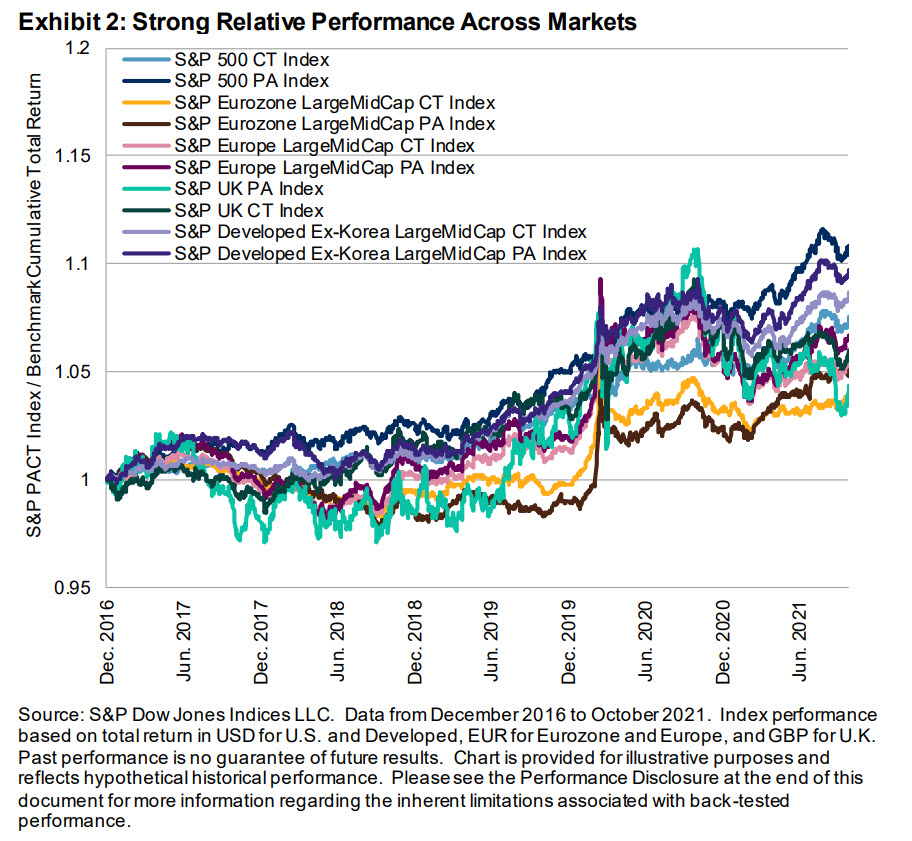Insurance Talks is an interview series where insurance industry thinkers share their thoughts and perspectives on a variety of market trends and themes impacting indexing.
Kun Qiu is Co-Head of Derivatives Trading and Analytics at Security Benefit where his team manages a notional fixed index annuity (FIA) derivatives portfolio of more than USD 19 billion and seeks to help develop the next generation of FIA products.
Sign up to receive updates via email
Sign Up
S&P DJI: Security Benefit has been a leader in so-called custom indices in FIA products. How did that happen, and why was it important to Security Benefit to innovate in that way?
Kun: After the Global Financial Crisis, the industry was ripe for change in terms of smarter diversification and downside protection. We stepped up our game and became a pioneer of sorts by bringing to market a broad range of underlying index options—across asset types—in our FIA product line that the industry has followed. Later in 2014, we began a strategic focus on building a premier investment team at Security Benefit. The team has been diving deeply into the existing FIA market. We keep looking for innovative index strategies driven by historically proven academic research. We are continuously pushing our technology to achieve better hedging efficiency as well, as we seek to deliver more interest potential for our customers.
S&P DJI: What role do indices play in the information Security Benefit provides to consumers?
Kun: At Security Benefit, our products that are based on indices (like FIAs) are sold through independent, third-party financial professionals who choose to do business with us. We don’t sell directly to consumers, and we have an indirect line of communication to them through the materials we create to explain how our products may be used. Consumers, along with their financial professionals, are better positioned to make the investment planning decisions for their individual situations.
















































